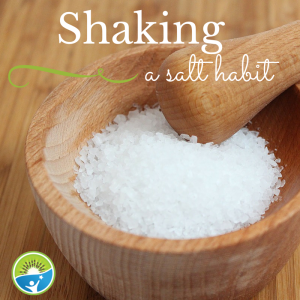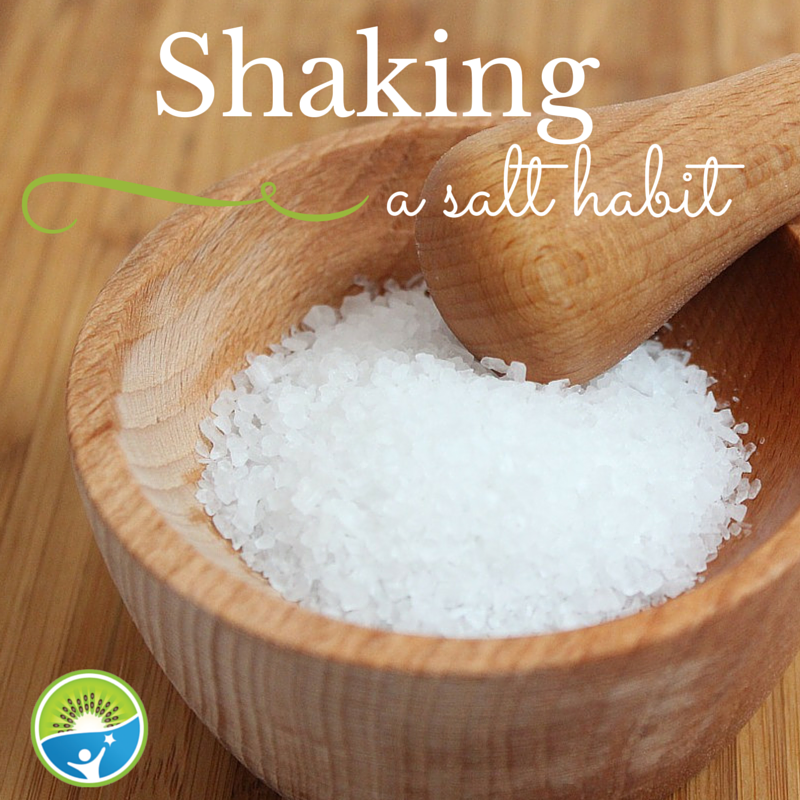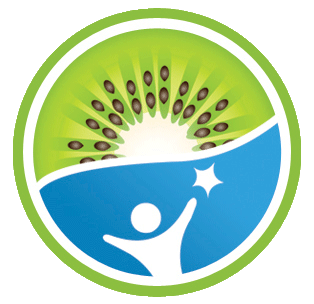 By Gia Diakakis, MS, RD, LDN, CNSC
By Gia Diakakis, MS, RD, LDN, CNSC
Healthy eating habits are formed in childhood, which is why it is imperative to eat healthfully at an early age. Luckily, as parents, you are often in charge of what foods your child has available. That’s certainly true when it comes to salt.
Often referred to as a white poison, salt is present in almost every food we eat. It can be naturally occurring in foods such as vegetables, milk, eggs, seafood, among many others. Plus, it’s found in processed and shelf stable foods in large amounts, functioning as a preservative. It’s a misconception that sodium should only be monitored in cases of chronic kidney disease, cardiovascular disease or high blood pressure. Once you grow up eating salty foods, it’s incredibly difficult to cut them out. The good news is you can train your taste buds to enjoy less salty foods by slowly reducing the consumption of salt. Better, though, to not introduce sodium from the get-go. Your kids will be ahead of the game since, according to a recent study, “High dietary sodium intake contributes to the development of high blood pressure, and thereby increases the risk of cardiovascular disease, coronary heart disease, and stroke.”
Following are some tips for reducing salt at home.
1. Reduce processed foods. In eliminating processed foods, sodium consumption is often automatically reduced. Easy, right?
2. Limit salt in home-cooked meals. To take things a step further, reducing sodium intake at home will really seal the deal. It is a common held misconception that eating home cooked food is automatically healthier. There are many components of home cooked meals that can be unhealthy, but lets focus on salt. Cooking with salt, or sprinkling table salt on your food can automatically push you and your family over the recommended limit of 2,300mg. To put this into perspective, one teaspoon of salt contains around 2,300mg of salt –100% of the recommended limit. So the first step is to stop cooking with salt or high sodium seasonings (get in a habit of reading nutrition facts and looking for “Sodium”).
3. Don’t allow saltshakers at the table. A recent study evaluated the acceptance of reduced sodium meals and overall sodium intake over a 3-week period. They found not only did the individuals enjoy the reduced sodium meals, they were not able to identify that they were lower in sodium than their other meals. The finding I was most excited about was that the individuals did not increase their sodium consumption at other meals to make up for the lower sodium content at their lunch meal! This means that even reducing the salt at one meal will have a positive impact on helping you and your family reduce their sodium intake throughout the day. It just takes starting with one meal!
It is important to keep in mind that you and your family likely reach the 1,500-2,300mg recommended limit of sodium just through the consumption of foods with naturally occurring sodium.


